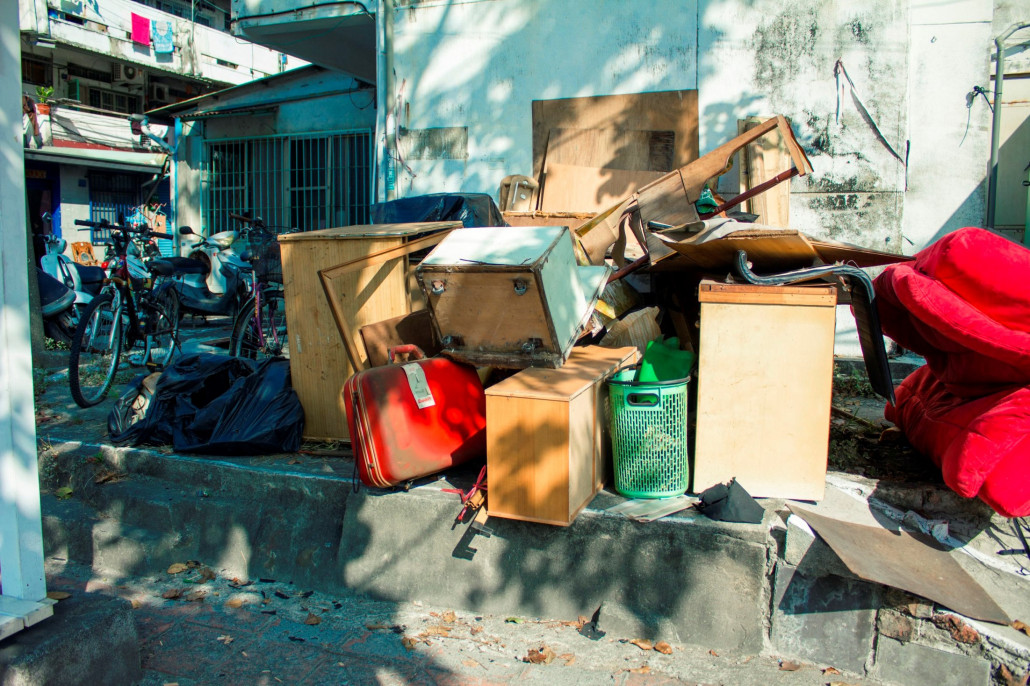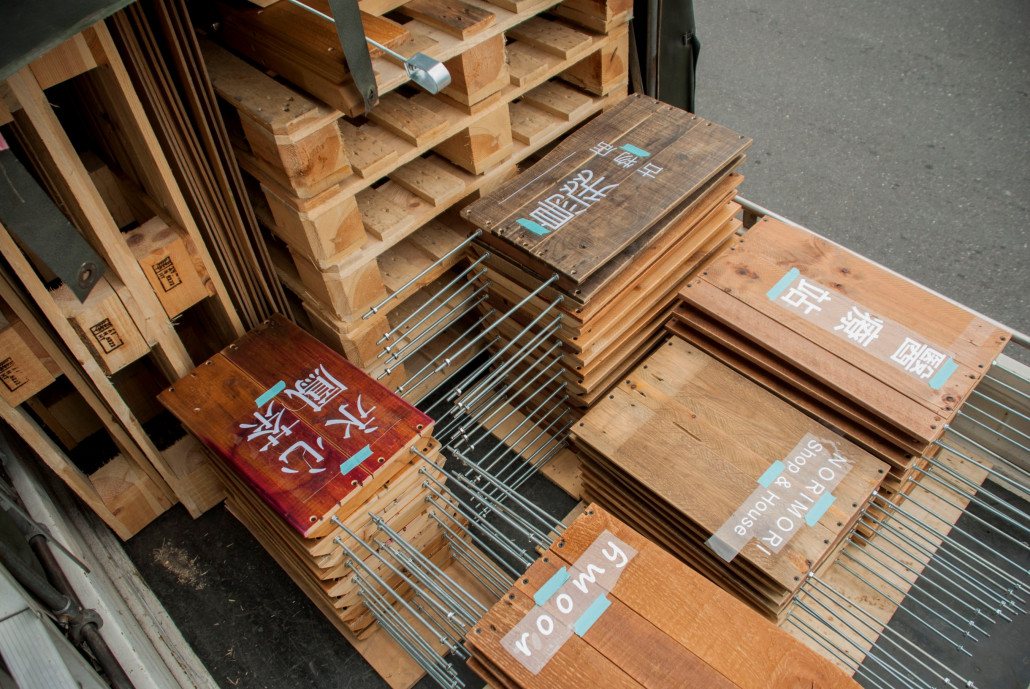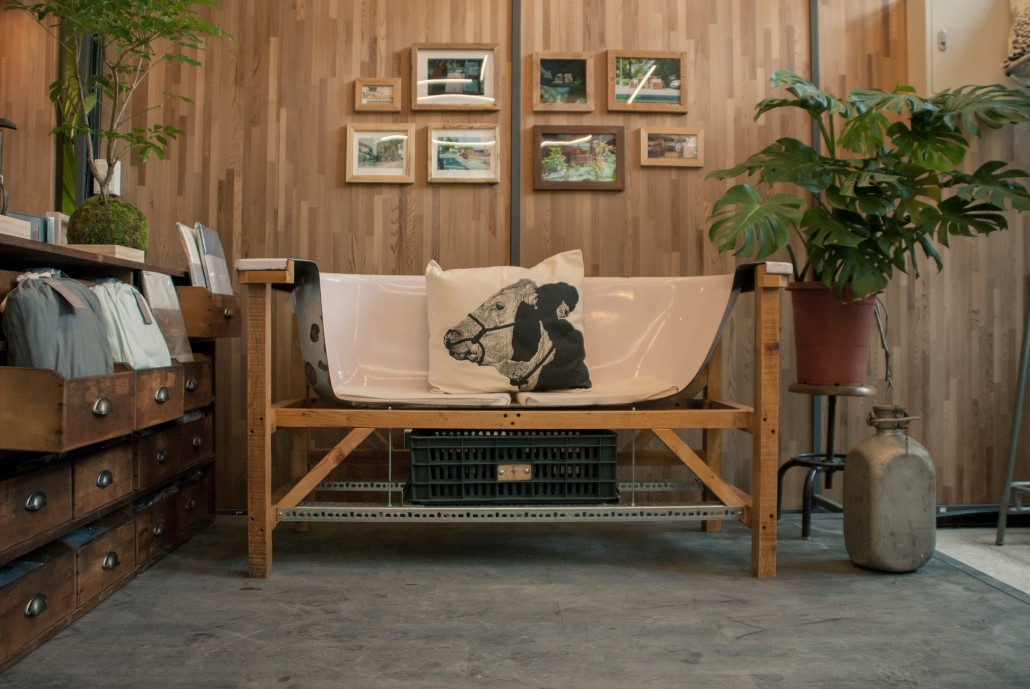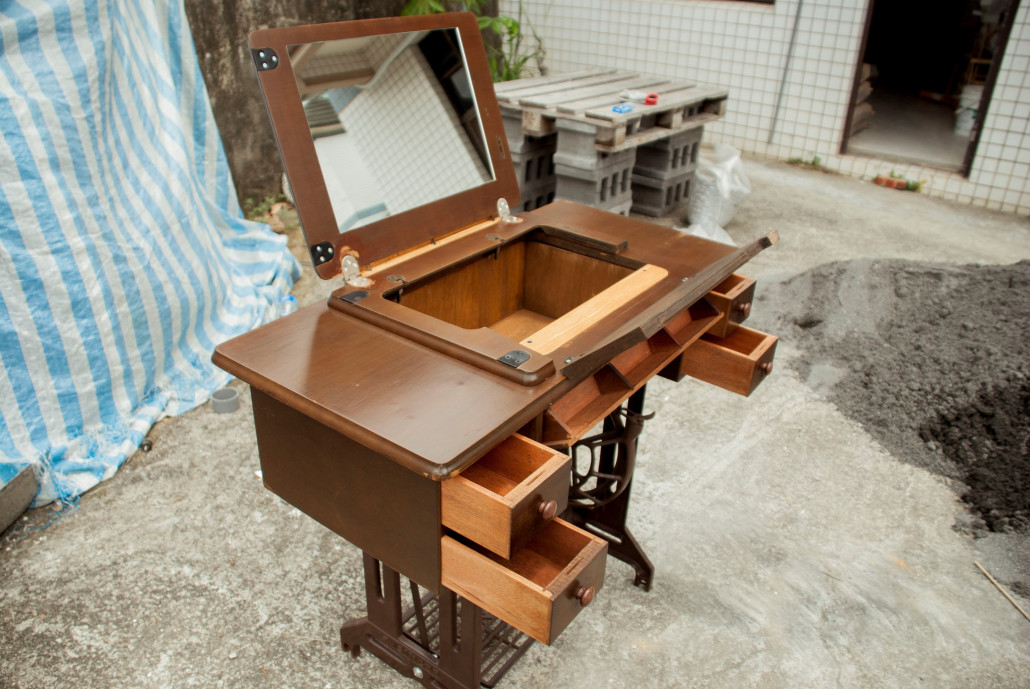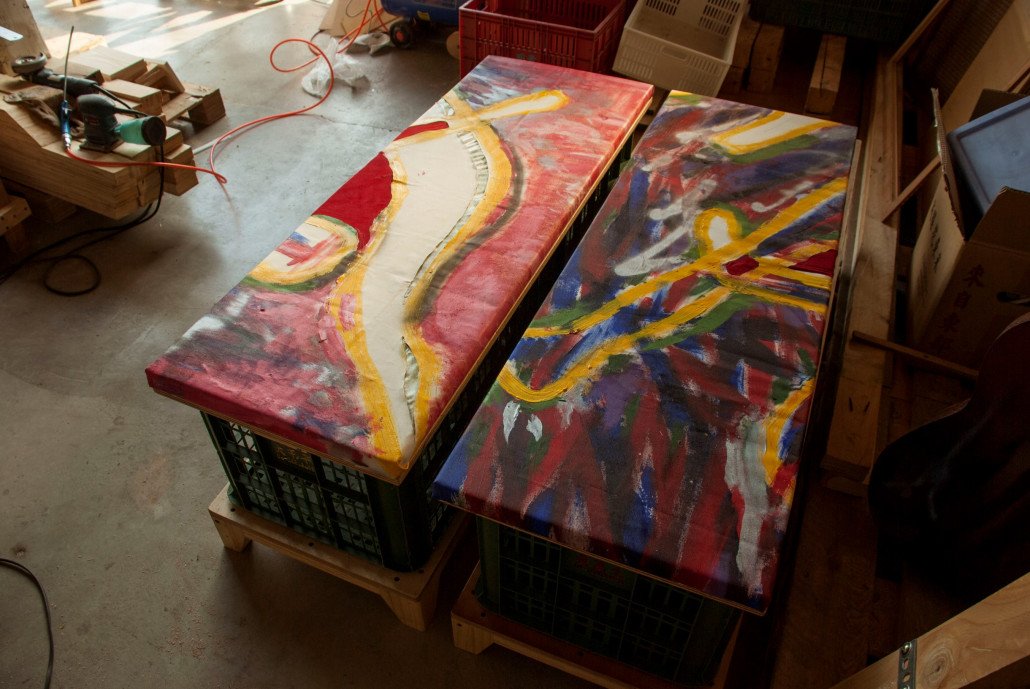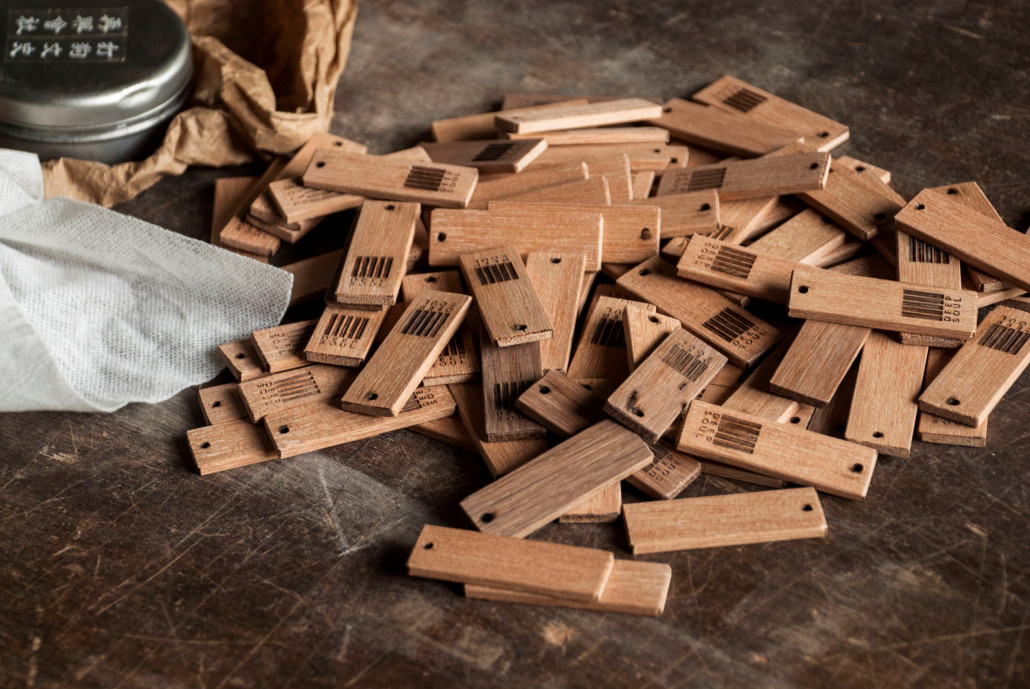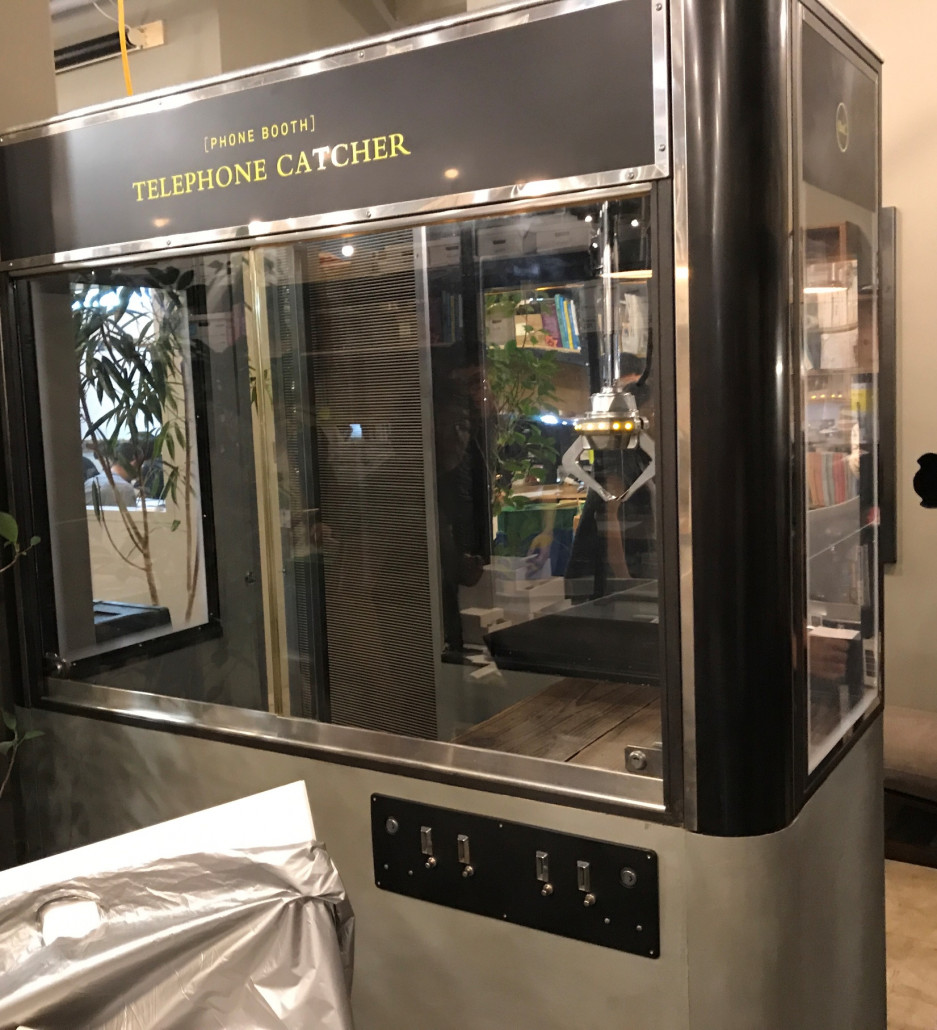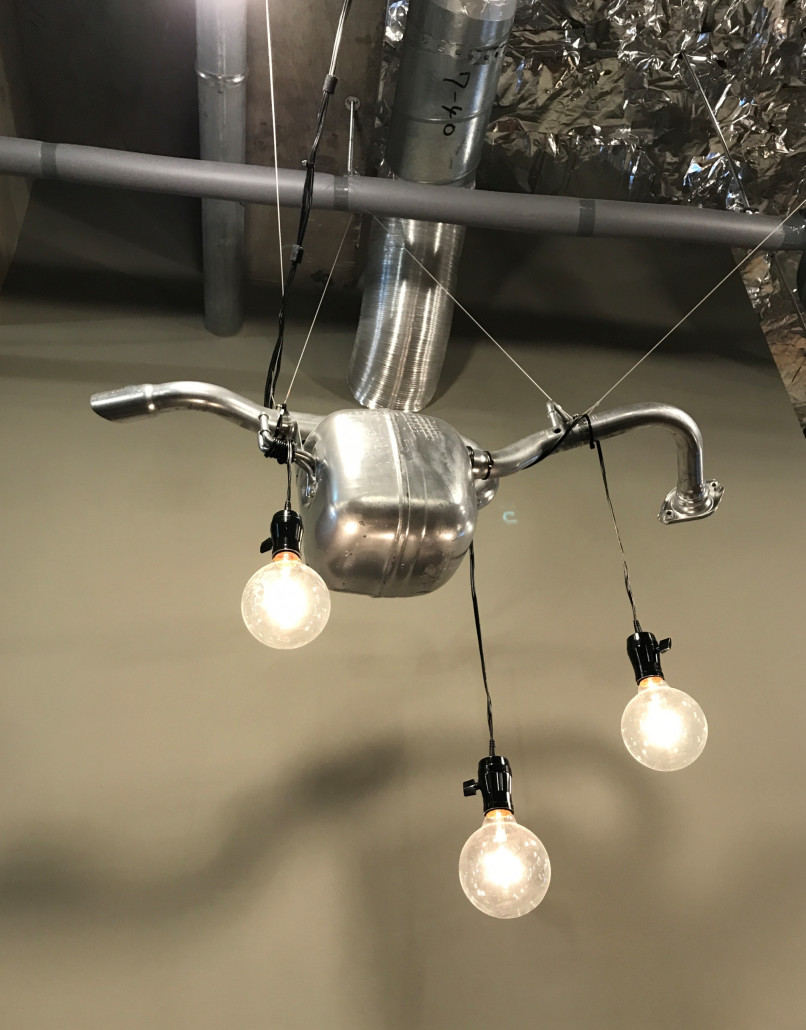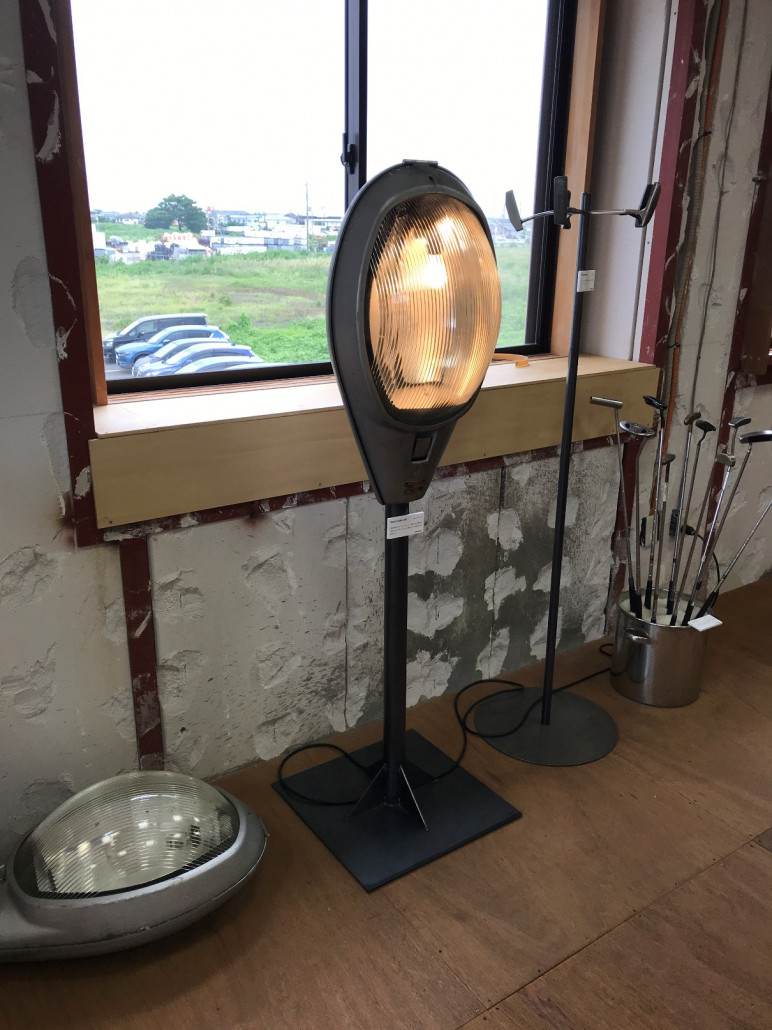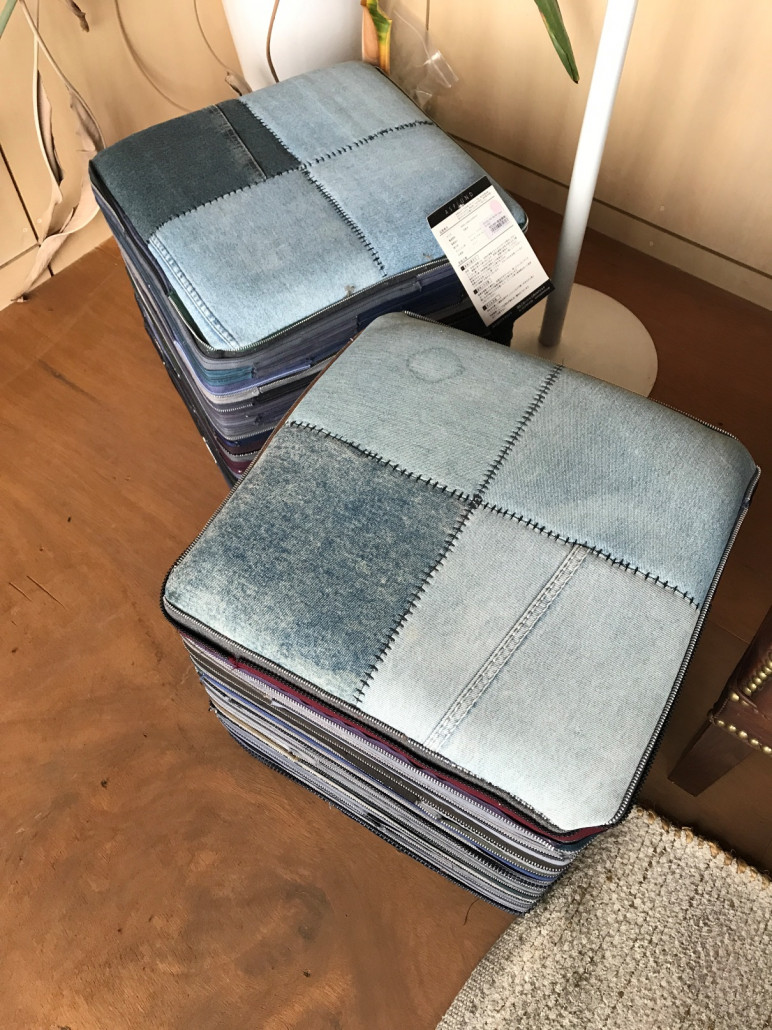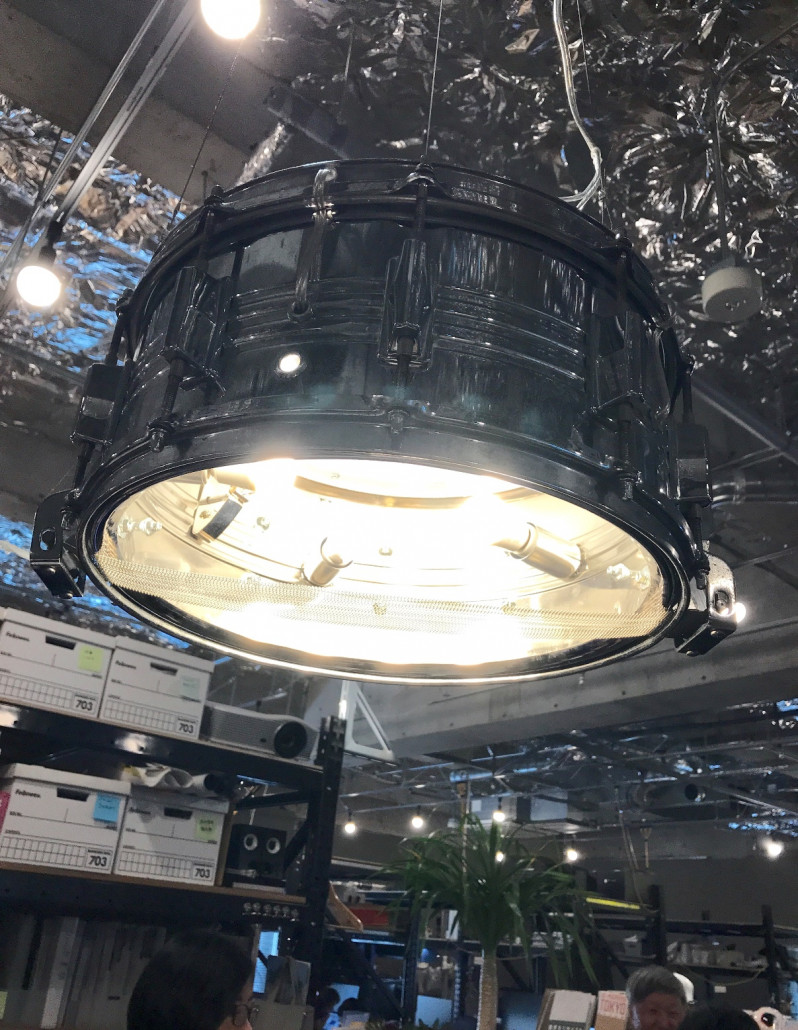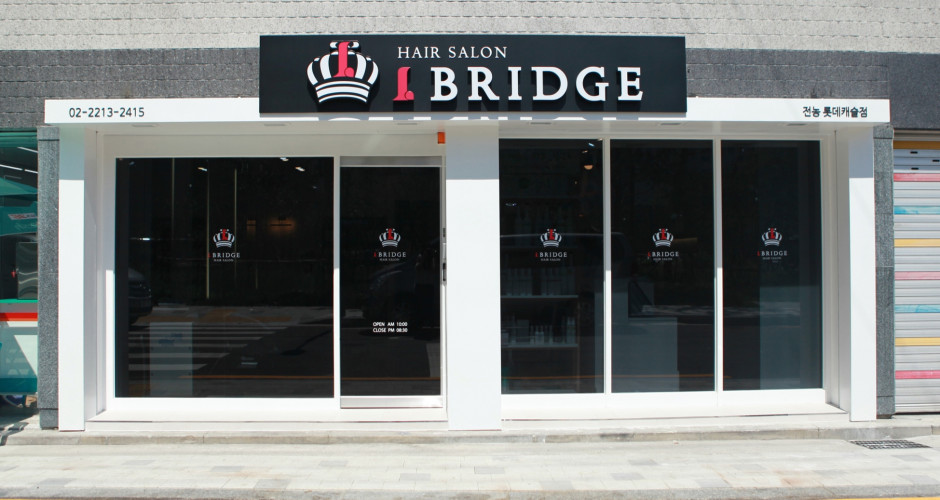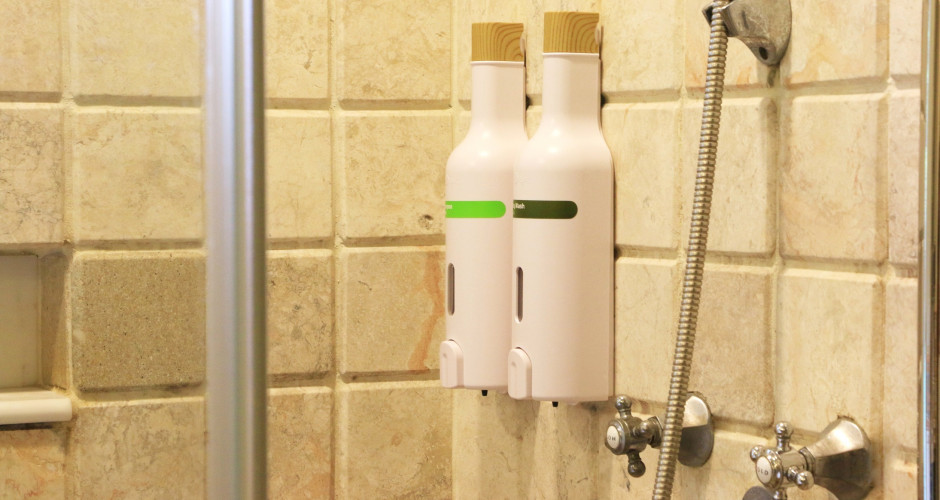It’s O’right focuses on providing insights into sustainability, having explored the use of wastes in art in the autumn edition of 2016. Decades ago, German artist HA Schult created life sized trash people made from electronic waste, containers and scrap metal to stimulate public awareness about the increasing problem of waste. Two years later, the topic of waste management continues to gain attention, with more and more people recycling, upcycling, repurposing and reusing things that have been discarded as waste. This is called creative reuse, a creative alternative to bringing a new function to an already manufactured item.
The creative reuse of waste is a growing trend worldwide. In this feature report, we follow the latest developments in upcycling in countries across the world and how they are giving trash new meaning and value through creative use.
The Waster Savior: Transforming waste into value
Yang Da-guang, a.k.a. “The Waste Savior,” is always found traversing through alleys and streets of Kaohsiung in search for discarded waste materials. It was like he was born with a radar system for detecting valuable wastes. Each piece of trash he finds has a different story behind them, waiting to be unearthed.
As a visual communication design major, Yang’s passion for transforming trash into something meaningful was inspired by his graduation project on environmental protection. For his project, he picked up trash from the beach and realized that no matter how much rubbish he collected, there was always more. So, Yang came up with the idea of making a trolley out of trash and going from campus to campus to collect goods students don’t want anymore. And thus, the Waste Savior was born.
An important industry center, Kaohsiung has many waste pallets compared to the rest of Taiwan, some even well-preserved, as well as all sorts of landfills. To most people, these are useless rubbish; but in Yang’s eyes, they are perfect for reinventing as a valuable resource. All the goods he refurbished can be assembled and disassembled to be used for other purposes and given new meaning.
Waste materials have different properties and therefore must be go through a standardization process, during which any potential structural changes should be taken into consideration in order to achieve both aesthetics and function. Once, Yang provided shelter to unwanted “homeless” oil paintings after an art gallery closed up. Due to the water-resistant property of oil paint, he was able to extend the life of the art by turning them into bench and chair seats. He further gave baskets new meaning by using them as chairs. Yang also shipped unwanted wooden bed frames from a bed and breakfast in Little Liuqiu (Lamay Island), which he chopped into pieces of wood, polished the surface and made them into wood keychains. This may be an extremely time-consuming process, but Yang says it is worth it as it gives lifeless materials new life and value.
Yang further mentioned that there are musical instrument manufacturing companies that have begun investing in forest restoration, aware of the significance of sustainability. Rather than feel distressed over the amount of rubbish in the environment, why not think of ways to stop generating rubbish? If we can properly recycle goods and reuse materials, we can maximize their value and give them a chance of rebirth.
Nakadai: Creativity beyond imagination
Have you ever imagined a ceiling light fixture could be made from exhaust pipes? Or a claw machine can be turned into a phone booth or small meeting room? These are all products of the creative minds of Nakadai, a Japanese company that takes waste items such metals, plastic containers, secondhand furniture, clothing, tableware and wooden materials apart and uses the components to make into new products.
Nakadai uses creativity beyond imagination to take the lead on waste reduction in communities. From transforming drums into light fixtures, high jump boxes into chairs, golf clubs into hangers, street lamps into creative lampstands, jeans into chair covers, traffic lights into decorative lamps or office cabinets into a trendy bar counter, Nakadai is committed to giving new life to old belongings that have been thrown away and intended to be lost forever in landfills or garbage disposal sites.
The rise of the creative reuse trend in Europe
Taiwan and Japan aren’t the only countries that have taken on this “trash trend.” Upcycling is a trend that has been around for years in Europe and the United States. Take the fast fashion industry for example; more and more brands are experimenting with new fibers made from recycled materials. Let’s look at the Netherlands; every day market vendors in Rotterdam throw away more than 7,000 pounds of rejected fruit and vegetables, so a group of students took it upon themselves to solve this food waste problem and found a purpose for the waste: turn them into a new material, called “fruitleather.” They used this fruitleather to make handbags, without having to kill any animals in the process and reducing environmental burden. There are also children playgrounds with soccer fields made from recycled shoes and windows made from washing machine doors. It’s safe to say that the creative reuse is a trend that is continuing to sweep the nation.
Perhaps, when we contemplate the impact trash has on the environment, the solution is not to just avoid it altogether but rather, reuse the waste that’s lying around. Breathe new life into old things by turning worthless trash into high-value treasure. Upcycling is not only good for the environment, but also extends the beauty of old materials and the earth.

